Specials
Striving to nourish children's sense of interconnectedness, helping them to become more mindfully aware, grounded and intrinsically happy.
+Yoga
Gifting a child’s mind, body, and spirit with resilience, fulfillment, and self-discovery in pursuit of inner harmony
+Art
Providing relevance to student learning, and opportunities to connect their world to other cultures.
+Physical Education
Helping students to develop coordination, cooperative teamwork, and a sense of joy in movement.
+Spanish
Creating enthusiasm about speaking a second language, while supporting literacy development, acquiring basic level of conversation, and demonstrating a broader world view.
+Surf
Refining balance and coordination, all the while learning about environmental, earth, and Marine science through STEAM.
+Skate
Teaching students to take responsible risks, build courage, coordination, precision and patience, while they develop an understanding of physics and engineering.
+Tennis
Supporting children’s endurance, agility, flexibility, balance, and footwork, while they build muscles and develop good sportsmanship.





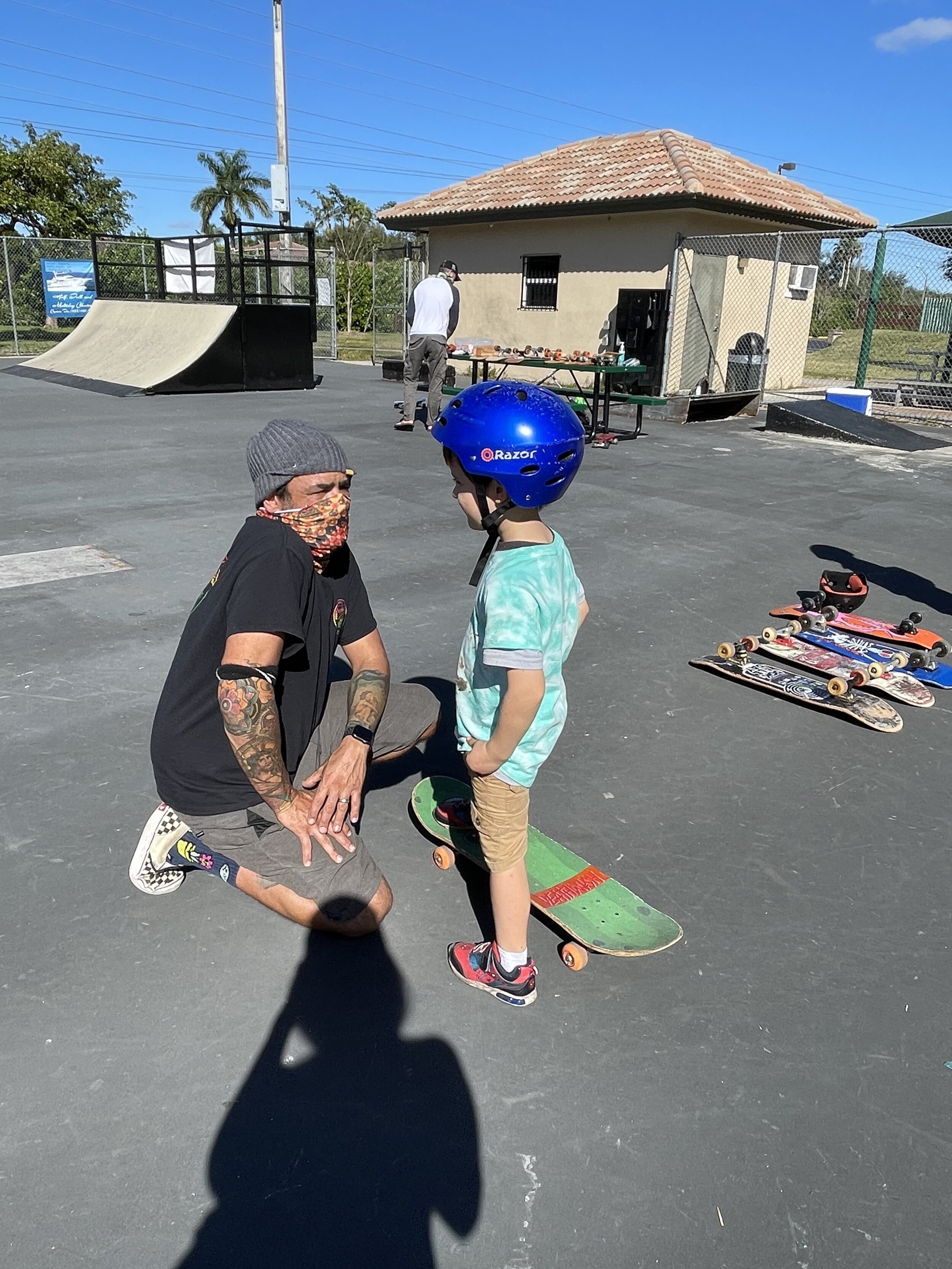


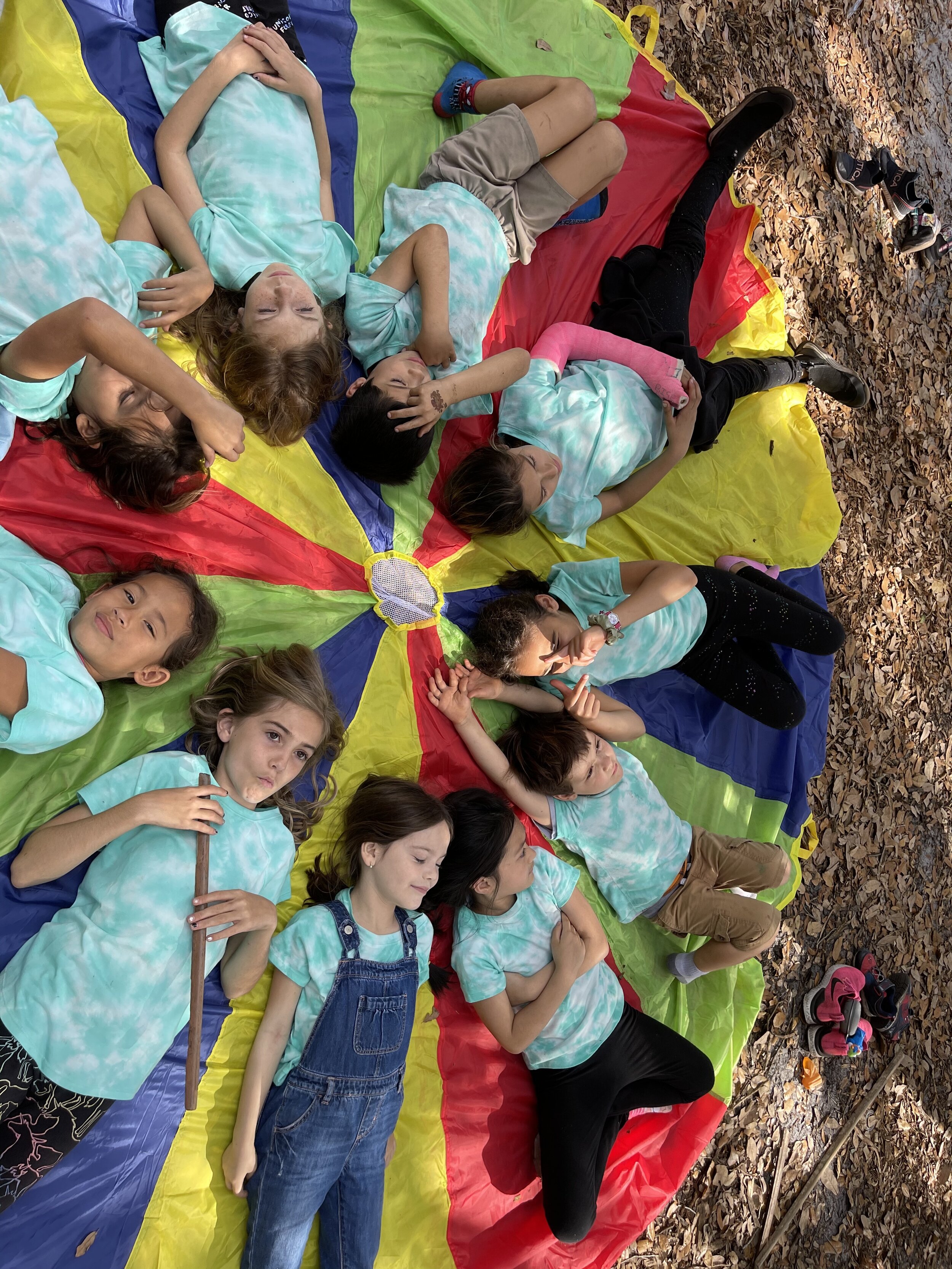





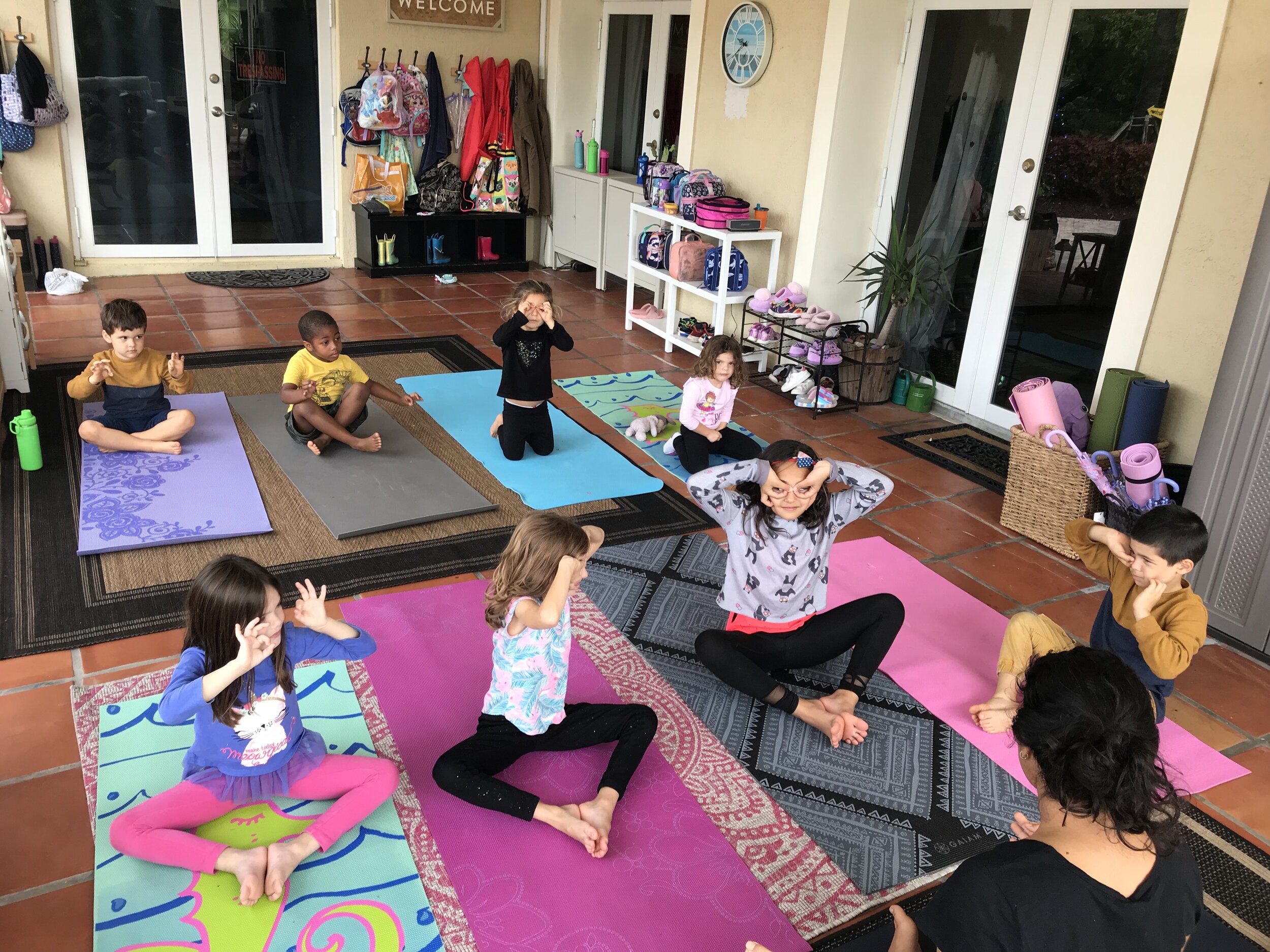




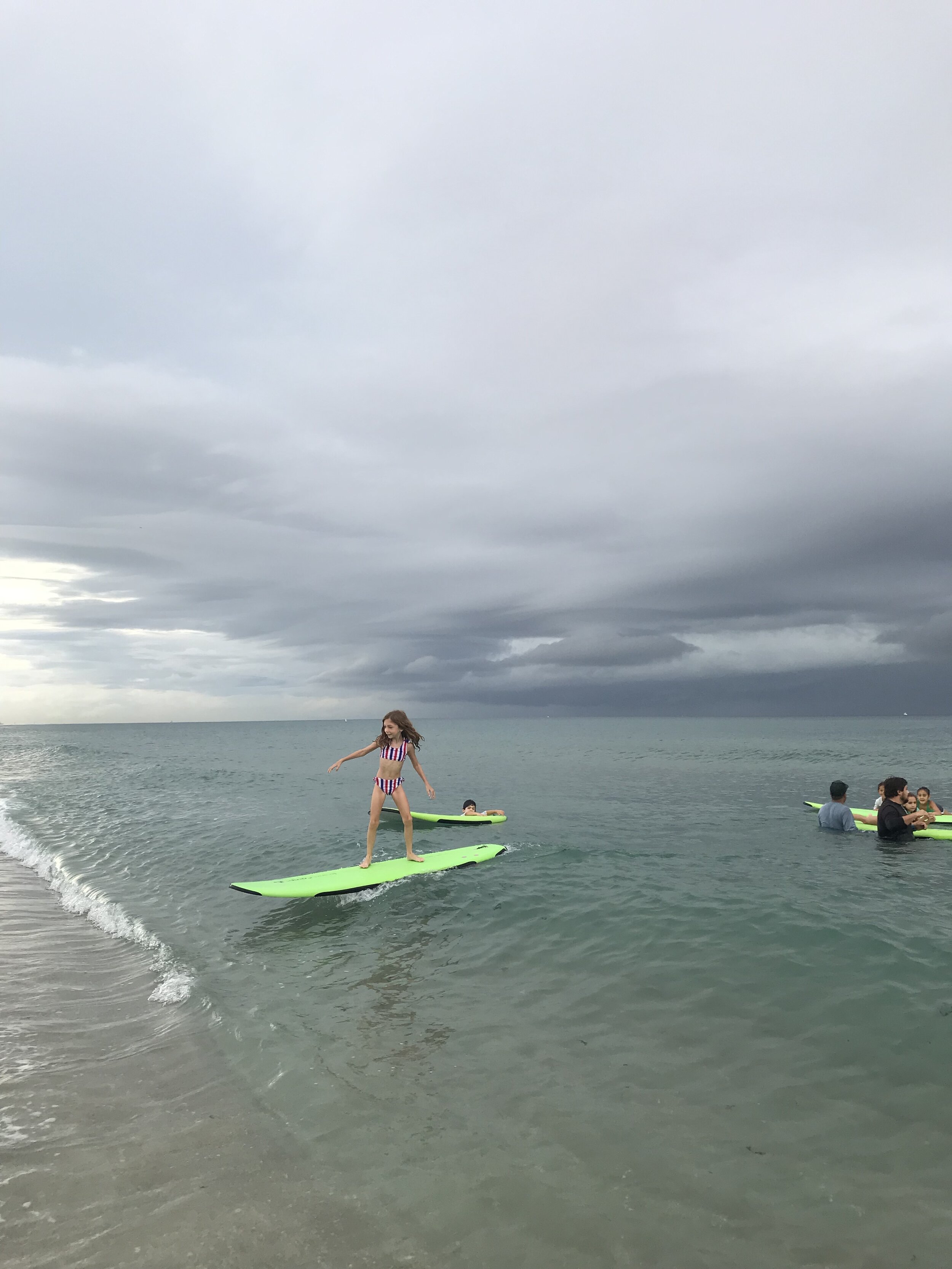







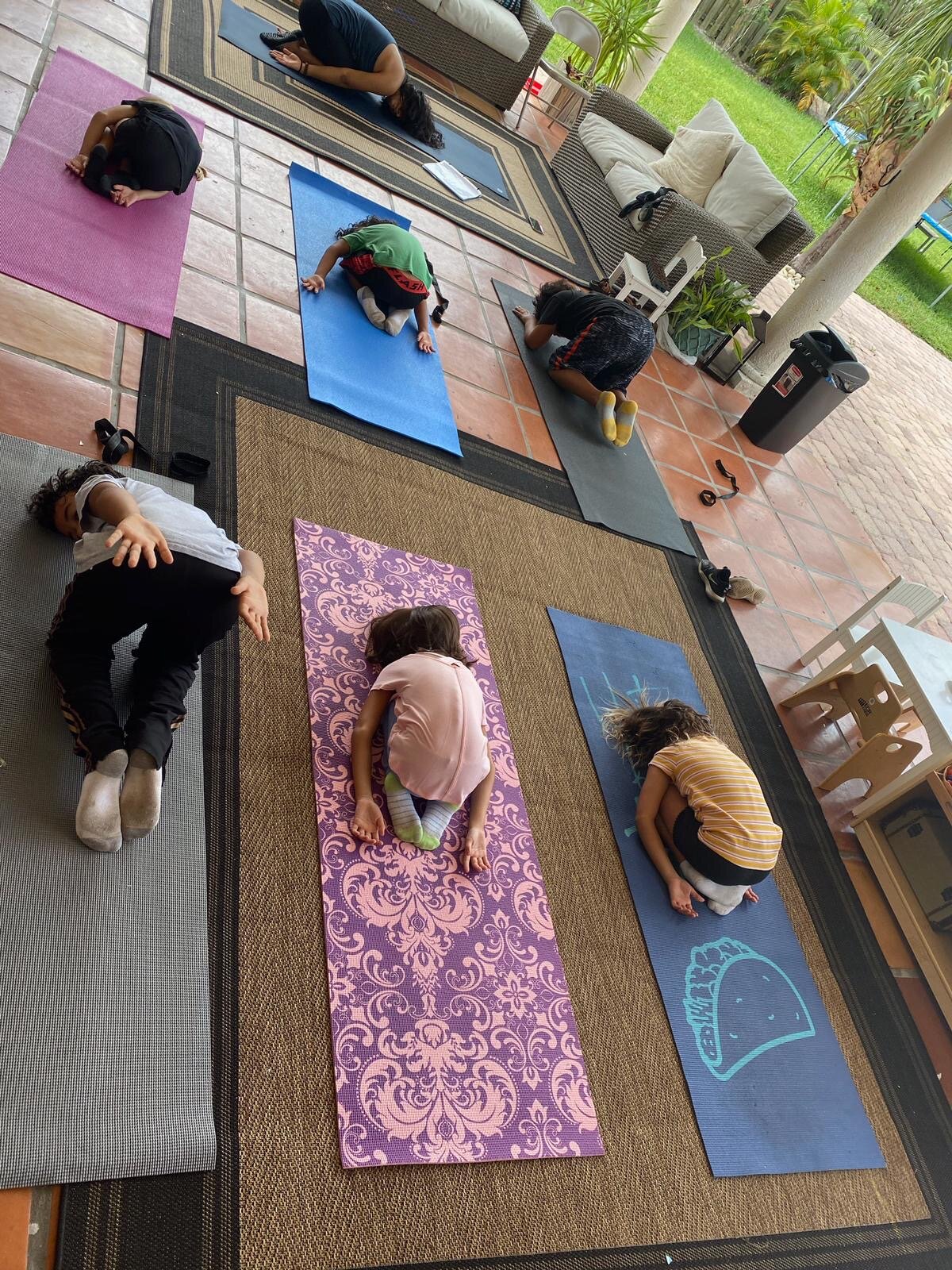


Social-Emotional Learning (SEL)
Today’s need for supporting children emotionally through mindfulness practices and peace education has gained momentum and popularity amidst schools around the world. With an alarming rise in cases concerning children's mental health, catering to children’s social and emotional needs has proven to be crucial to their growth, development, and academic achievements.
As defined by the Collaborative for Academic, Social, and Emotional Learning (CASEL), Social-Emotional Learning (SEL) is “the process through which all young people and adults acquire and apply the knowledge, skills, and attitudes to develop healthy identities, manage emotions and achieve personal and collective goals, feel and show empathy for others, establish and maintain positive relationships, and make responsible and caring decisions.”
Casa Ranch’s SEL program focuses on developing students’ self-reflection habits, cognitive skills to overcome interpersonal conflicts, as well as, bringing awareness to the breath which can help regulate stress and overwhelming emotions. The implementation of SEL discussions, journals, and role playing, where children practice active listening, has given students space to develop relationship and social awareness skills through effective communicative expectations. The overarching goal for our SEL program is to create a climate of positive self and group identity development, teach students to cultivate positive relationships, demonstrate cultural humility, practice teamwork and collaborative problem-solving, learn how to resolve conflicts constructively, and provide students with the appropriate tools that foster activism and anti-bias attitudes.
At Casa Ranch, we strive for students to understand and consider different biological and cultural perspectives, by constructing a "culture of peace" that encourages practices like kindness, empathy, and compassion for the Self and others; building a sense of responsibility and accountability within inclusive and diverse environment. Having this opportunity to focus on students’ social-emotional development at school can nourish children's sense of interconnectedness, essentially helping them to become more mindfully aware, grounded and intrinsically happy.
Yoga
Thousands of years ago, when the yogis developed the asanas (poses), they lived humbly alongside mother nature. They used animals and plants as inspiration to move and express themselves as they embodied the beings around them and took on their qualities— the grounded stature of a tree, the freedom of a flying bird, the bloom of a flower. Yoga, derived from Sanskrit meaning ‘to unite',’ has been a form of spiritual discipline, art, and science for many years, focusing on uniting individual consciousness to bring harmony and balance between the mind and body, man and nature.
Today, the practice of yoga is growing and is regarded as a holistic approach to health and spiritual development. Casa Ranch recognizes the immense benefits that yoga can bring to a child’s well-being. Yoga helps children to connect more deeply to the roots of humanity as, they too, embody the same postures of nature. The physical postures presented in a yoga class are not only fun and challenging, but improve balance, strength, endurance, and confidence; powerfully cultivating an awareness for mind-body connection that engages the “whole child.”
Yoga and mindfulness activities have shown to improve, not only physical, but mental health in children, offering psychological benefits which can help with focus, memory, self-esteem, academic performance, classroom behavior, as well as, reduce stress and anxiety.
At Casa Ranch, certified-trained yoga teachers follow the Kidding Around Yoga program, which integrates playful movements, games, mindful activities, and meditation through music and breathing techniques that are age-appropriate. Children look forward to our weekly yoga sessions, uniting everyone together for a fun, relaxing, and reflective time, to learn how to anchor and ground our minds and bodies to the present moment.
Casa Ranch considers this sacred part of the day an important opportunity to lay the foundation of a lifelong practice. That which gifts a child’s mind, body, and spirit with resilience, fulfillment, and self-discovery in pursuit of inner harmony.
Art
By weaving the arts into and through our curriculum content in naturally aligned ways, we provide relevance to student learning, and opportunities to connect their world to other cultures. Students are exposed to a wide variety of hands-on experiences with various media and are introduced to techniques as they relate to different artists. Students will learn about their work, and often get a chance to work with distinct styles.
Physical Education
Coach Josh’s Just Work Athletics program at Casa Ranch serves students from Early Childhood through Upper Elementary, supporting the specific physical and developmental needs of each age group. In Physical Education classes, students partake in a variety of games and sports that help them to develop coordination, cooperative teamwork, and a sense of joy in movement. Younger children focus on their development of gross motor skills: climbing, throwing, running, skipping, while older children work on their refinement of fundamental and mature motor patterns, as they begin to use teacher feedback to improve upon these skills. They also use their skills with a partner as they identify the purpose for activity- specific practices, games, rules, procedures, and sportsmanship. As children get older, they continue to be challenged by learning new physical activities. Coach Josh emphasizes active fun, while skill-building, aiming to contribute to the development of productive, active, and responsible young citizens.
Spanish
Spanish is taught in both Lower and Upper Elementary. Students will learn how to follow simple directions as they participate in total physical response (TPR) activities, which also helps to reinforce vocabulary. Children will partake in acting out verbs with partners, role-playing, and games that require movement. Providing students with the opportunity to learn another language early on makes it is easier for them to develop fluency, creates greater social opportunities, and demonstrates a broader world view. Our main goal is to create enthusiasm about speaking and learning Spanish.

